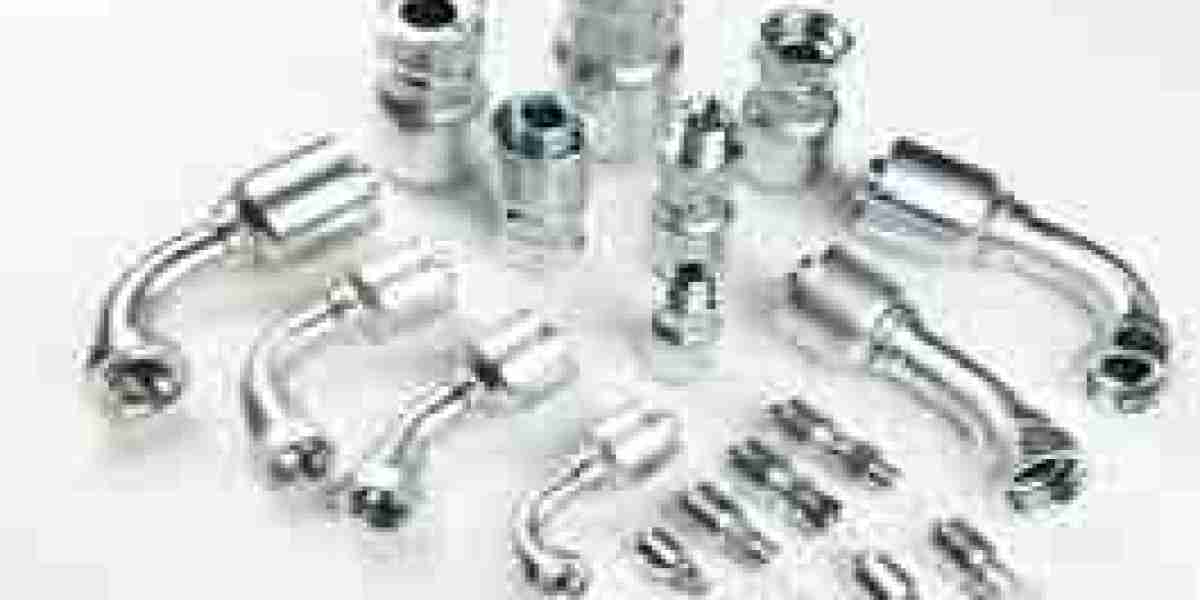In industries where cleanliness and hygiene are paramount, the integrity of fluid transfer systems is critical. Sanitary fittings play a vital role in ensuring that these systems maintain the highest standards of cleanliness and prevent contamination. These fittings are designed to provide smooth, crevice-free connections that are easy to clean and sanitize.
Understanding Sanitary Fittings:
- Hygienic Design:
- Sanitary fittings are designed with smooth internal surfaces and minimal crevices to prevent bacteria buildup.
- This design ensures that fluids remain free from contamination.
- Easy Cleaning and Sanitization:
- These fittings are designed for easy cleaning and sanitization, reducing the risk of contamination.
- This is crucial for industries where cleanliness is essential.
- Corrosion Resistance:
- Sanitary fittings are typically made from corrosion-resistant materials, such as stainless steel.
- This ensures durability and longevity in demanding environments.
- Versatility:
- Sanitary fittings are available in various sizes, shapes, and materials to suit different applications.
- This versatility allows for customization of fluid transfer systems.
Types of Sanitary Fittings:
- Tri-Clamp Fittings:
- Widely used in the food, beverage, and pharmaceutical industries.
- Provide a quick and easy way to connect and disconnect pipes.
- Butt-Weld Fittings:
- Used for permanent connections in high-pressure and high-temperature applications.
- Provide a smooth and crevice-free connection.
- Threaded Fittings:
- Provide a threaded connection for easy assembly and disassembly.
- Used in various applications where frequent changes are required.
- Flanged Fittings:
- Used for connecting large diameter pipes and equipment.
- Provide a strong and reliable connection.
Applications of Sanitary Fittings:
- Food and Beverage Industry:
- Used in processing and packaging of food and beverages.
- Ensures the safety and quality of products.
- Pharmaceutical Industry:
- Used in the manufacturing of pharmaceuticals and biopharmaceuticals.
- Maintains the sterility and purity of products.
- Cosmetics Industry:
- Used in the production of cosmetics and personal care products.
- Ensures the safety and quality of products.
- Biotechnology Industry:
- Used in research and development and manufacturing of biotechnological products.
- Maintains the sterility and purity of cultures and products.
Benefits of Using Sanitary Fittings:
- Enhanced Hygiene:
- Minimizes the risk of contamination and ensures product safety.
- Improved Efficiency:
- Easy cleaning and sanitization reduce downtime and increase productivity.
- Increased Reliability:
- Corrosion-resistant materials and robust design ensure long-lasting performance.
- Compliance with Regulations:
- Sanitary fittings meet industry standards and regulations, ensuring compliance.
When selecting Sanitary Fittings, consider the application requirements, fluid compatibility, pressure ratings, and temperature ranges to ensure optimal performance and safety.






